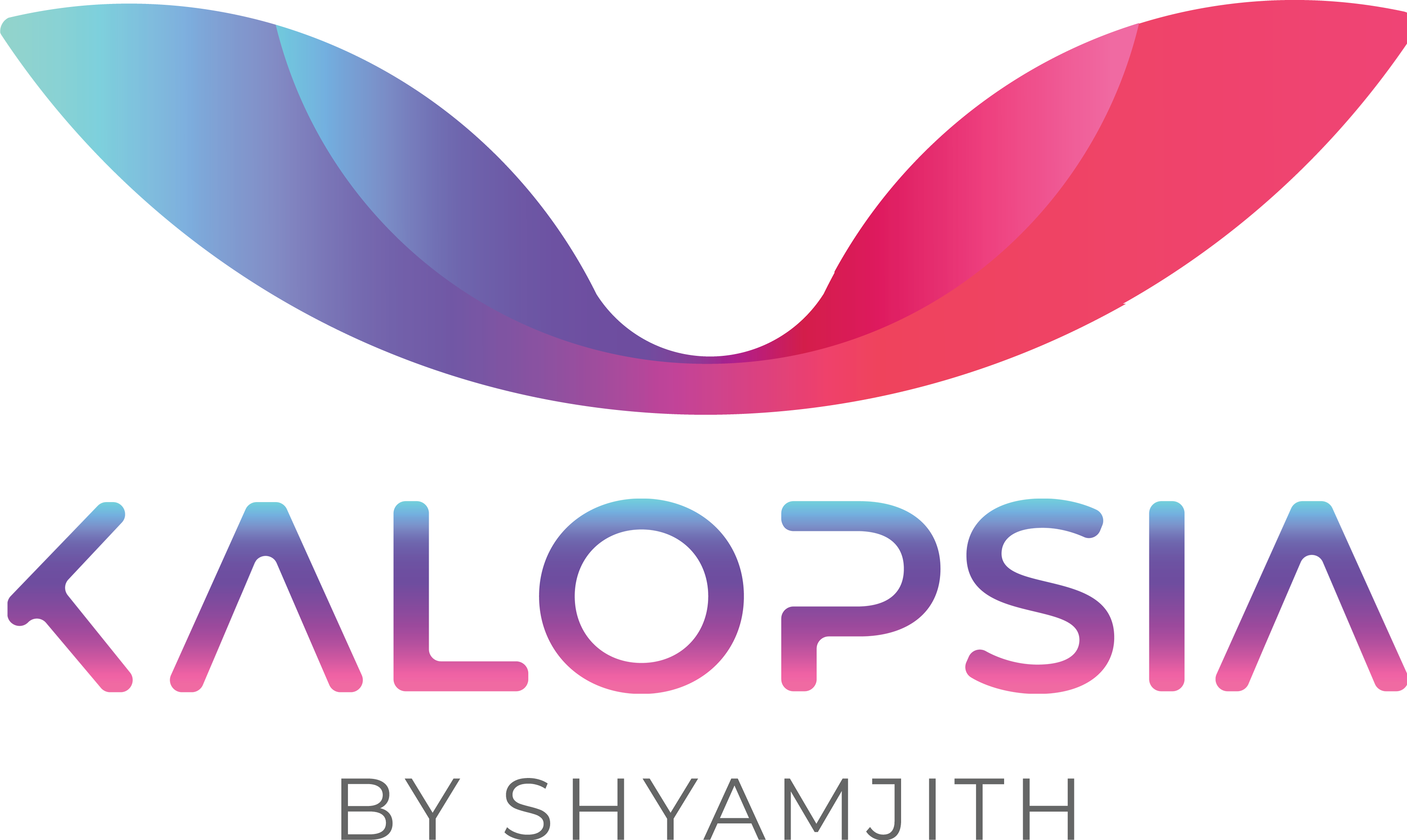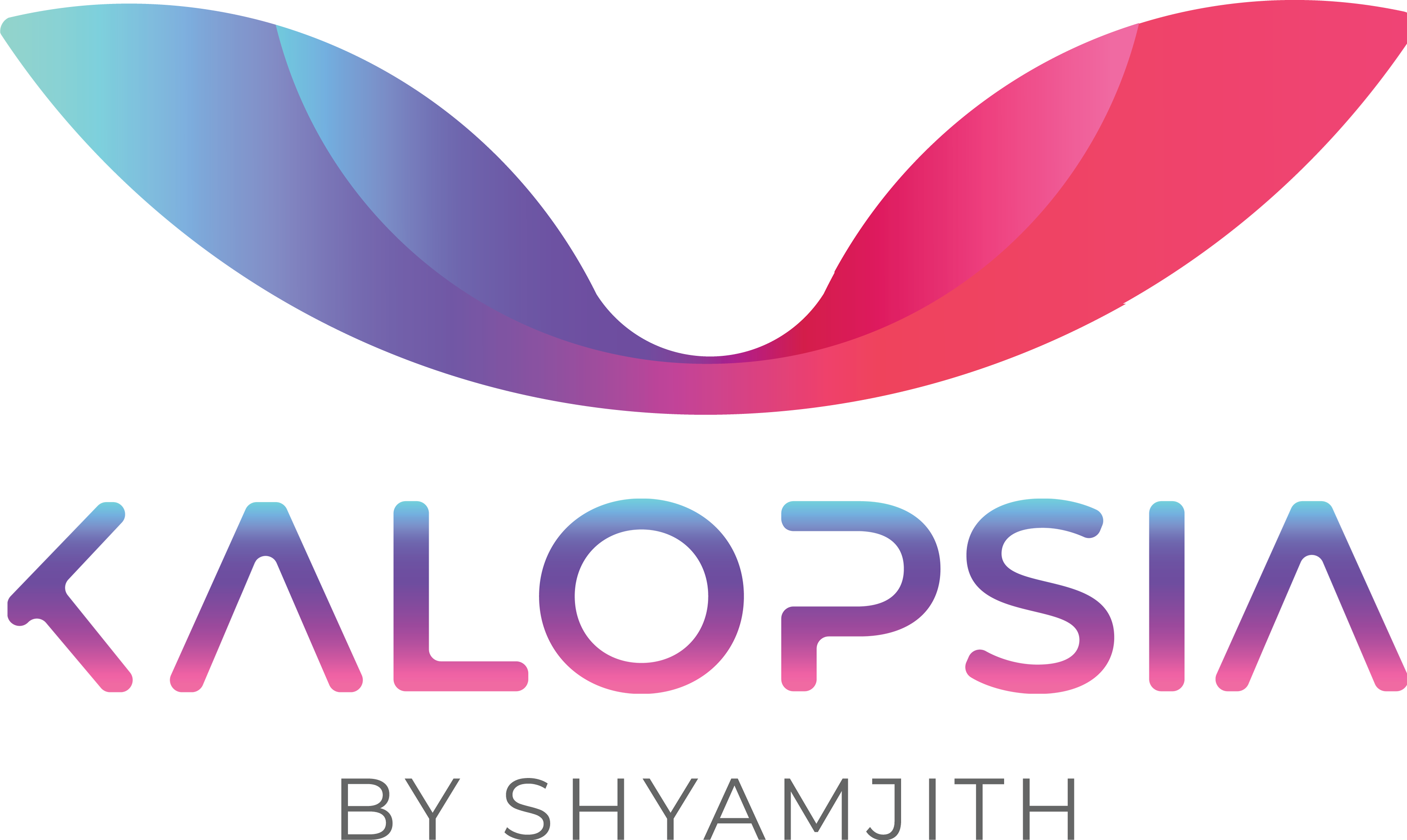The UX landscape is constantly evolving. One day, we find ourselves discussing a new trend: Claymorphism. This raises the question: what happened to neumorphism, flat UI, glassmorphism? Such is the nature of design trends. So, what exactly is claymorphism? It's the latest visual trend characterized by soft, clay-like, 3D molded design elements, increasingly popular in modern applications. While visually appealing, claymorphism presents unique development challenges. It's more than just rounded corners; it's a combination of 3D illustrations and subtle, floating micro-motion effects. These interactions, though brief and subtle, add a layer of dynamism to interactive components. This is where the development complexity lies. Designers and developers need to collaborate closely, or extensive documentation with precise durations and keyframe timings becomes essential, adding extra effort to the process.
Is claymorphism simply a modern reinterpretation of the 3D design language seen in early iOS, or is there something more to it? While there are echoes of that earlier aesthetic, claymorphism represents a more significant shift. It's not just a visual update; it has the potential to redefine user interaction, injecting playfulness and interactivity into digital interfaces. To understand its significance, it's worth examining how it diverges from past design trends and how it fits within the broader evolution of digital design.
Claymorphism. It's a design trend that's sparking debate, and the question of its widespread acceptance remains unanswered. The design community, product owners, and business stakeholders are offering a mixed response, creating a fascinating discourse.
Some designers champion claymorphism, believing it injects much-needed personality into even the most complex applications. They argue that its playful, 3D aesthetic can make traditionally dry areas like business and healthcare apps more engaging and even bring a smile to users' faces. These designers often find that claymorphic elements resonate strongly during high-fidelity design presentations. For them, it's a resounding "yes."
On the other hand, some argue that claymorphism is simply too whimsical for certain contexts. They believe that some interfaces, particularly in enterprise applications, require a clean and minimalist approach. They cite examples like claim handling pages, email listings, data tables, and pages with numerous edit/update options, suggesting that a more straightforward visual language is more effective in these scenarios. For this group, the verdict is a firm "no."
Claymorphism undoubtedly presents an exciting opportunity for visually skilled designers, especially those proficient in 3D tools. They can leverage this trend to showcase their expertise, creating truly unique interfaces with custom 3D avatars and interactive elements.
The ultimate question, however, is whether to incorporate claymorphism into your next project. The answer, as with most design decisions, lies with the client. If they embrace the aesthetic and it aligns with the target audience, then it's certainly worth exploring. But, and this is crucial, usability should always remain the top priority. A visually stunning design is meaningless if it doesn't effectively serve its purpose. So, discuss it with your client, weigh the pros and cons, and always remember that usability trumps trends.

